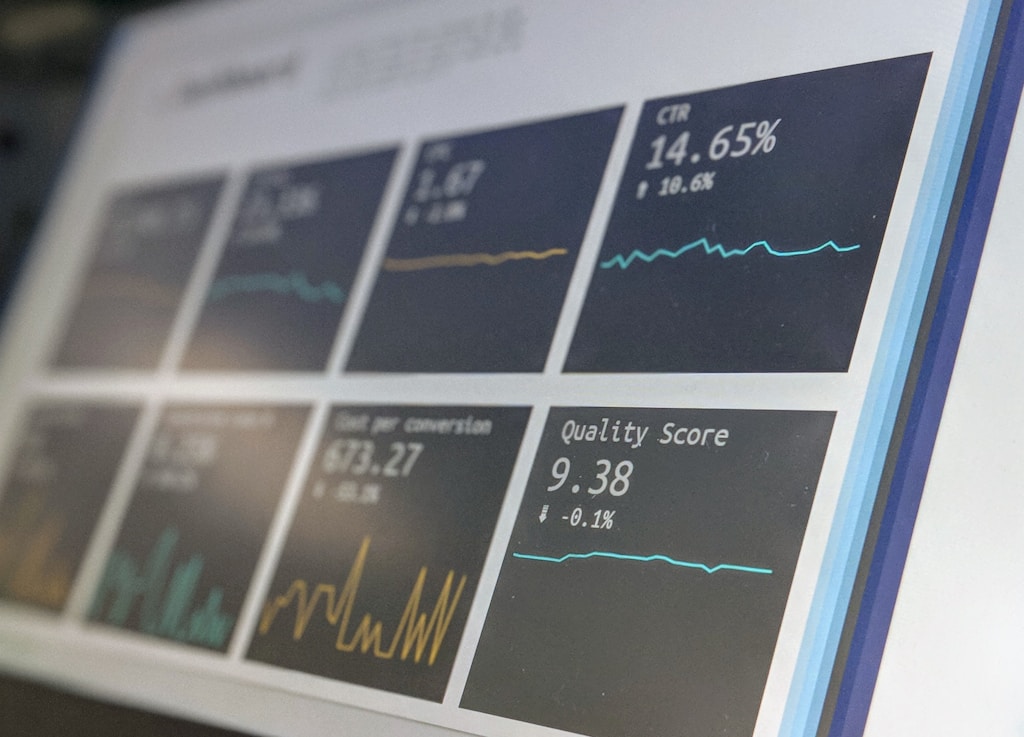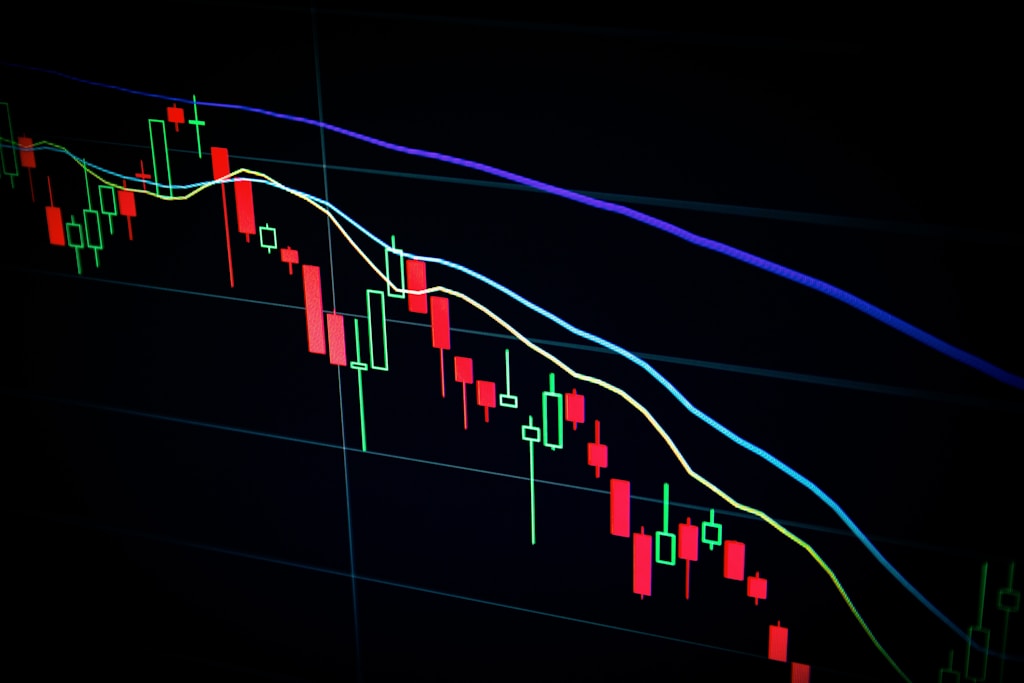Michael Saylor, Bitcoin’s most prominent advocate and MicroStrategy’s Executive Chairman, unveiled a comprehensive framework for building wealth through Bitcoin at the Bitcoin 2025 conference. His ’21 Ways to Wealth’ presentation offers a strategic roadmap for investors, combining traditional financial wisdom with Bitcoin-specific insights.
As Bitcoin continues testing major price levels, Saylor’s framework provides timely guidance for both institutional and retail investors navigating the crypto markets.
The Foundation: Clarity, Conviction, and Courage
Saylor’s first three principles establish the mental framework necessary for Bitcoin success:
- Clarity: Understanding Bitcoin as “perfected capital”
- Conviction: Recognizing Bitcoin’s superior performance potential
- Courage: Embracing intelligent monetary risk
Strategic Implementation: From Theory to Practice
The framework extends beyond philosophy into practical application, covering:
- Family wealth strategies
- Corporate structuring
- Legal compliance
- Capital deployment tactics
SPONSORED
Trade Bitcoin with up to 100x leverage and maximize your profit potential
Advanced Wealth Building Strategies
Saylor’s later principles focus on scaling and sustainability:
- Leveraging AI for market analysis
- Building corporate structures
- Managing credit strategies
- Optimizing capital velocity
FAQ: Implementing Saylor’s Bitcoin Wealth Framework
Q: How long does it take to see results using this framework?
A: Saylor emphasizes a 5-year minimum timeframe for significant results.
Q: What’s the minimum investment needed?
A: The framework is scalable and can be implemented with any amount of capital.
Q: How does this integrate with traditional investment strategies?
A: The principles complement existing investment approaches while optimizing for Bitcoin’s unique characteristics.
Conclusion: Long-term Vision for Bitcoin Wealth
Saylor’s framework represents a comprehensive approach to building generational wealth through Bitcoin, emphasizing patience, strategy, and systematic execution. As he concluded with Satoshi’s famous quote, “It might make sense to get some, in case it catches on,” the presentation reinforces Bitcoin’s potential as a transformative force in wealth creation.






